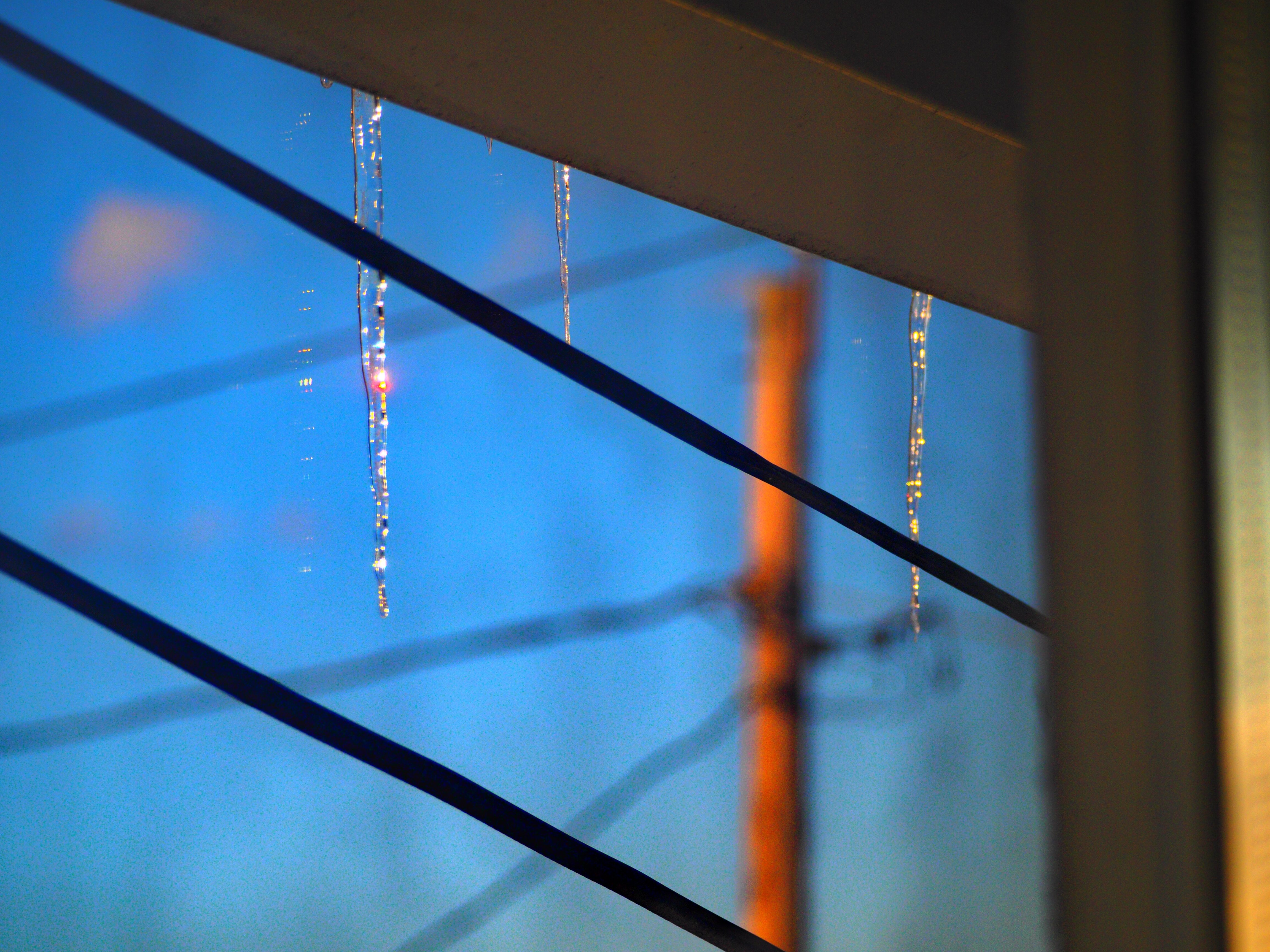-
Posts
44,789 -
Joined
Content Type
Profiles
Blogs
Forums
American Weather
Media Demo
Store
Gallery
Everything posted by LibertyBell
-
dry cold air means we need to drink more water lol
-
wait does that mean sub zero with snow cover doesn't slow the spread of invasive species?
-
so we actually want a mild winter there sure explains 2015-16 lol
-
"thread the needle" is the most important group of words to take from that
- 1,180 replies
-
what exactly is causing such a variance in tracks? Isn't there some kind of error correction code that can be programmed into these models to make them not vary so much?
- 1,180 replies
-
Unfortunately the last few times it's happened we had no snow on the ground I'd rather have temps in the 20s with snow.
-
Id rather have snow over arctic cold
-
People are expecting NYC to go below zero thats like a once a decade occurrence if even that anymore, probably now more like a once every other decade occurrence.
-
Wow! Not getting anything like that around here....why do these squalls always seem to happen at night? A few years ago we had intense snow squalls that lasted almost half the night do you remember those? It was as if one squall ended and the next one began. I remember they started around 4 PM and didn't end until after midnight. The streets were snowcovered the entire time.
-
It looked like a much wetter snow down here, tree branches were bending down with the weight of snow on them. I guess this is why we didn't get the higher snow amounts that the north shore got....the snow was wetter down here
-
I agree with this, and if we do get anything before the pattern was about to change, it would likely be an inch or two from a clipper. Thats why Jan 20th is probably our best chance for a big storm, just before the pattern changes.
-
that's weird, Walt's map showed 8.1" of snow and 0.9" liquid
-
JFK somehow had 0.9 lol
-
Not that hard to believe, cold and dry is rather common here, We'll get a nice storm when the cold air is about to go away
- 1,180 replies
-
The only thing that really stands out to me about that winter is the historic arctic shot in Jan 85, it was a mostly cold and dry month.
-
we just had a significant event last week lol
-
the end of the good pattern will probably be the best time to get a big storm, things look to be suppressed (cold and dry) before then. 1/20 might be our best chance again
-
this is exactly why we dont want a big arctic outbreak here, the storms invariably go south or east of here. Lake effect land is the best place to be for this pattern
-
Looks like my other home is going to get a nice snow squall
-
what the heck was going on in 1898-1899 and 1917-1918 that we had highs in the single digits 3 straight days? and there was a repeat performance in the latter winter in February!
-
Please give these franchises to New Jersey.... I'm sick of them being called the "football" Giants, both teams play in NJ, NY needs to disown both of them and have their own franchise.
-
Yeah a lot of us have them. Have to keep checking them regularly.
-
world war 1 and world war 2 winters were amazingly cold on both sides of the Atlantic Look how rare single digit high days are....we barely missed in 1993-94 and the one in 1984-85 I remember really well
-
single digit maxes seem to be very rare.....1993-94 had a max of 10 so barely missed.... 1984-85 had a max of 9, I remember that day well.
-
Good point, so color is actually more of a matter of perception rather than an objective reality. Interesting when we take pictures of the night sky, how much care we need to take so the colors of stars dont get blown out and we can bring out what we perceive as color. Other creatures-- like bees-- can see beyond what we can see. Bees can see UV markings on flowers, which we can also capture with a UV pass filter. I wonder what color appears to the bee as-- just a more violet version of violet? There are mantis shrimp that whose vision is equipped to handle up to 12-16 primary colors-- it's quite amazing.... and they can detect polarized light to boot! https://en.wikipedia.org/wiki/Mantis_shrimp#Eyes




